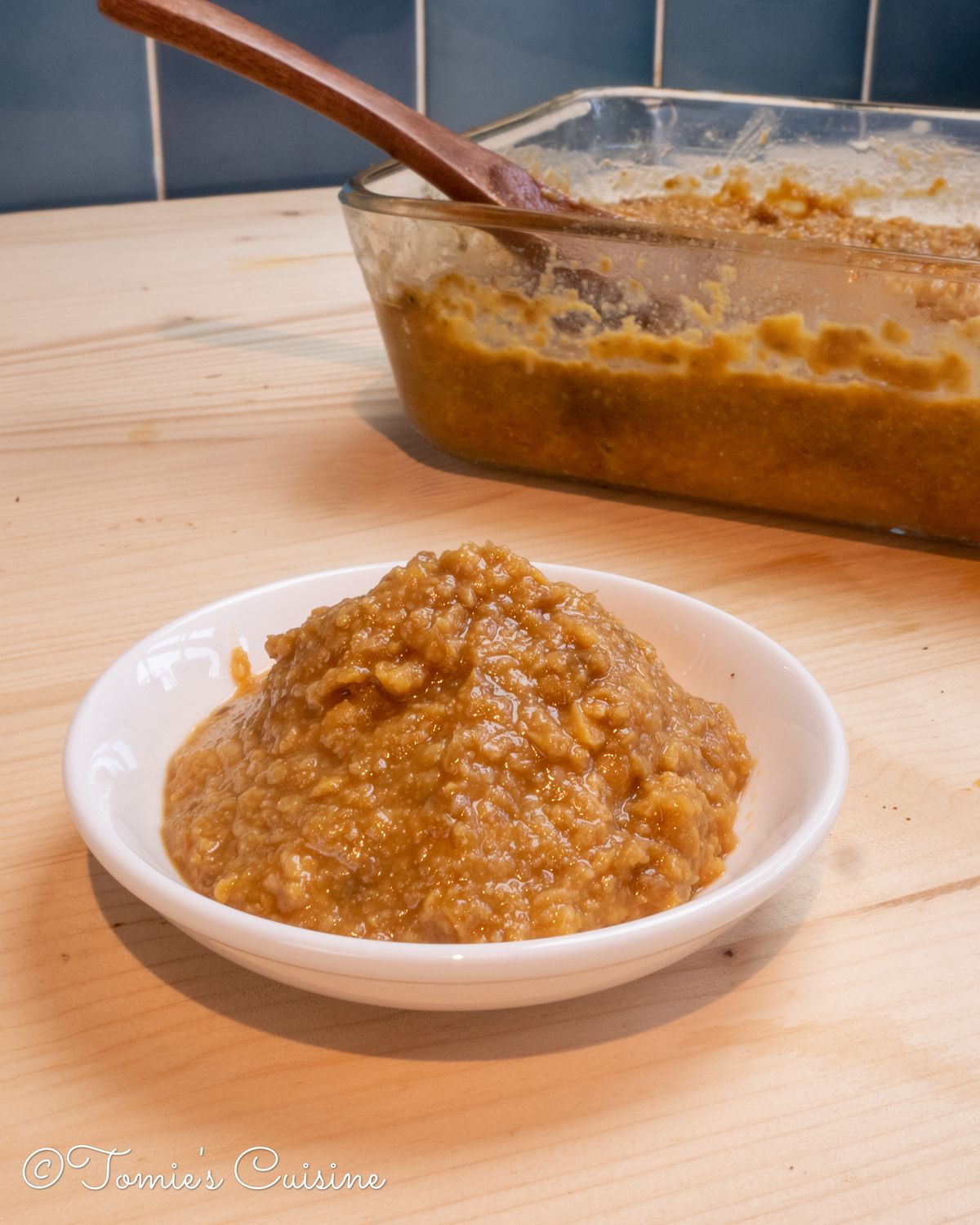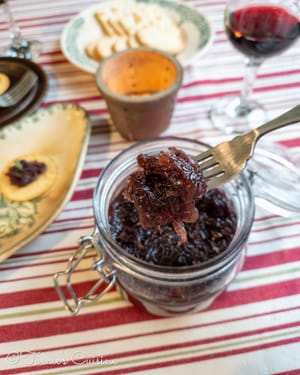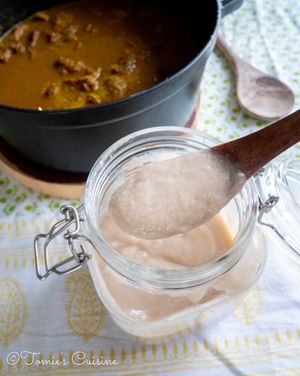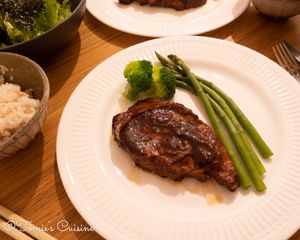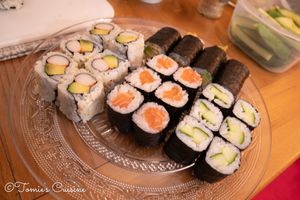I used to buy organic miso paste from Japanese or Korean shops in London. However, since we moved to the countryside, I can’t find a shop like this in my neighbourhood, so it got more difficult to buy that miso whenever I wanted.
Since we were planning to buy a house, I tried to make fermented ingredients myself as my mother does, so I asked her to teach me.
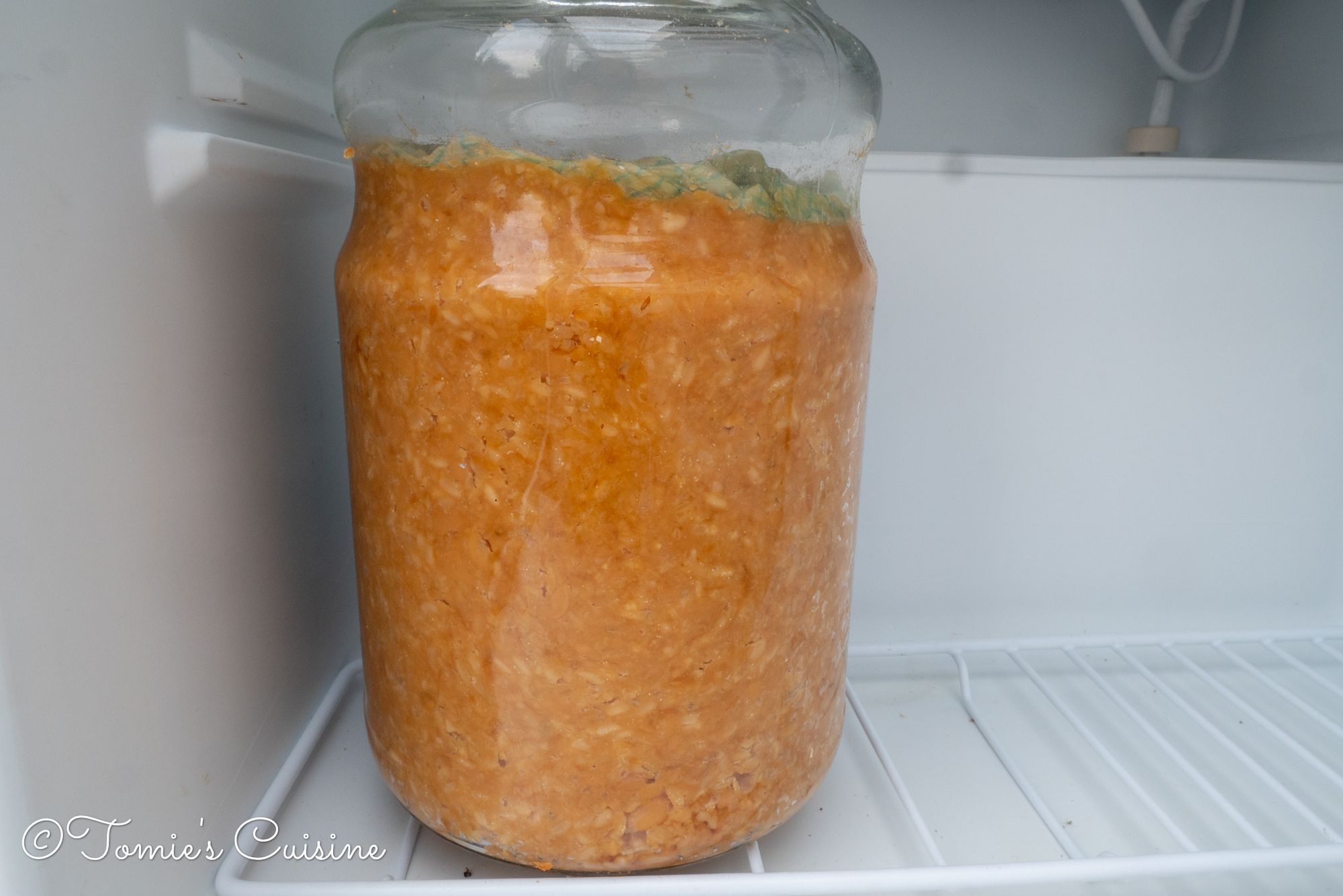
When I made miso for the first time, I did it alone, and I didn't cook the soybean soft enough to smash them, so it ended up a little more watery than expected.
I then made a second one with my mum, which we have yet to taste, but the texture seems perfect.
This time, I made a large quantity for my husband and I, so I don’t think we need to buy anymore until next year when the next batch will be ready.
Health benefits
Our previous blog post about the Miso marinade recipe went into more detail, but here’s the executive summary.
Miso is made from soybeans, so it is high in protein. But since it’s fermented, it’s also high in essential amino acids, vitamins, minerals, polyphenols, fibre and fatty acids.
Different kinds of miso in Japan
Mame miso (bean miso)
This miso is made only with soybeans. It’s primarily produced in the Chukyo area around Aichi, Mie and Gifu prefecture. “Haccho-miso” is one of the most well-known mame miso.
Mugi (barley miso)
Made with soybeans and barley koji, mainly produced around Kyushu, Shikoku and Chugoku areas. They use barley rather than rice because of the area's warmer climate.
Kome (rice miso)
This rice miso is made from soybean and rice koji. It is the one I usually make and the most common variant we can easily find in the UK.
My miso background
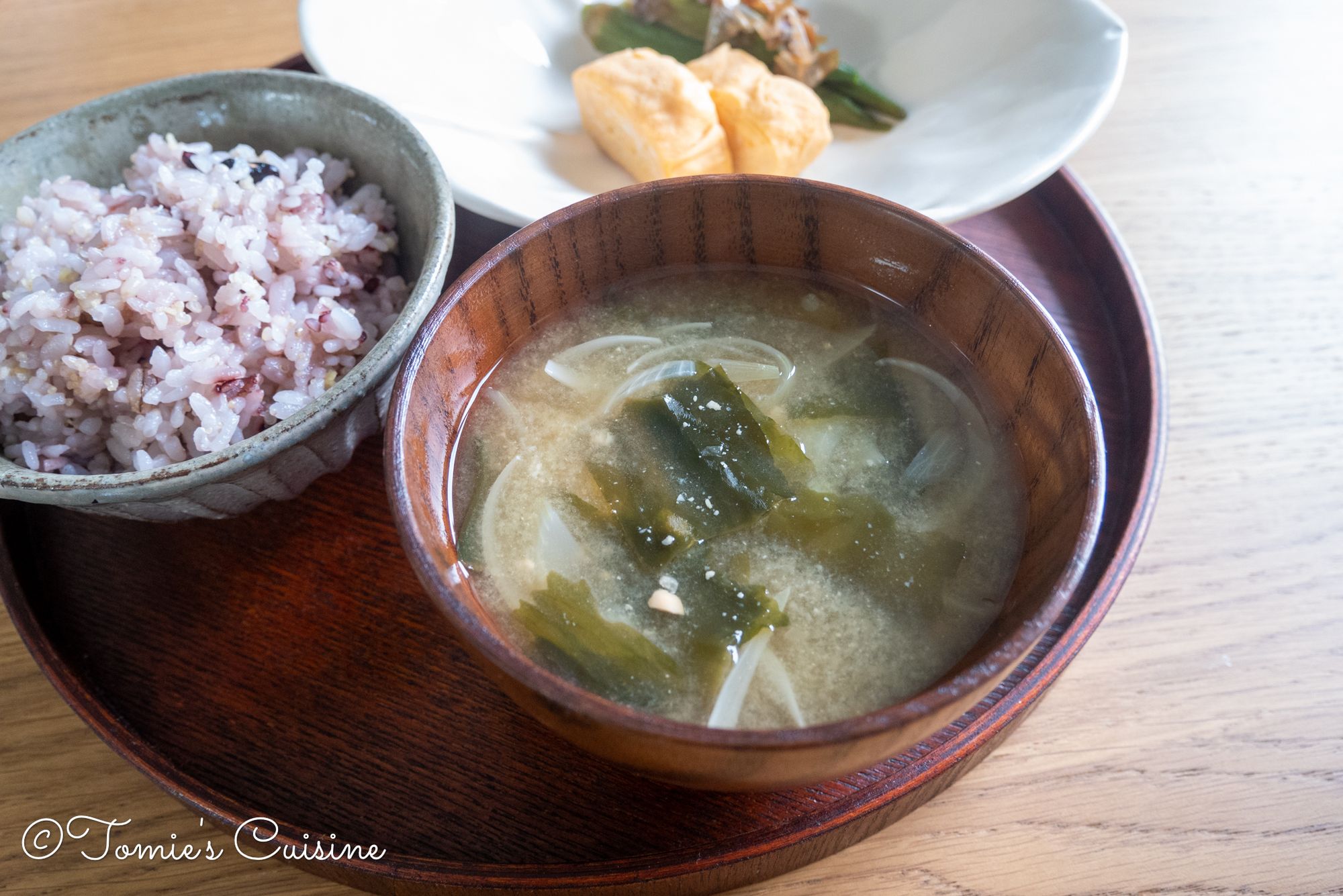
Miso is a traditional fermented ingredient from Asian countries and is essential to my daily meals. The most famous miso dish from Japan must be miso soup. There are various kinds of miso soup in Japan depending on the area and, of course, the family.
My hometown is famous for Haccho-miso, which is the dark miso, but my father is from a different area, and my grandparents from my mother's side are from other places too, so I didn’t grow up using Haccho-miso.
It’s interesting to hear what kind of miso and ingredients my friend uses to make miso soup. My mother made miso soup with various combinations of ingredients such as potatoes, onions, daikon, wakame and egg.
I don’t make miso soup since my husband isn’t a big fan of it. But whenever it gets colder, I make “Ton-jiru”, a miso soup with different root vegetables and sliced pork belly. I like to have it with some onigiri (rice ball). I will share the recipe in another article too. It’s delicious and makes you warm.
I was talking about miso soup, but I love making a marinade with it and using it to marinade fish and meat (see: Miso marinade recipe, Shio-koji recipe).
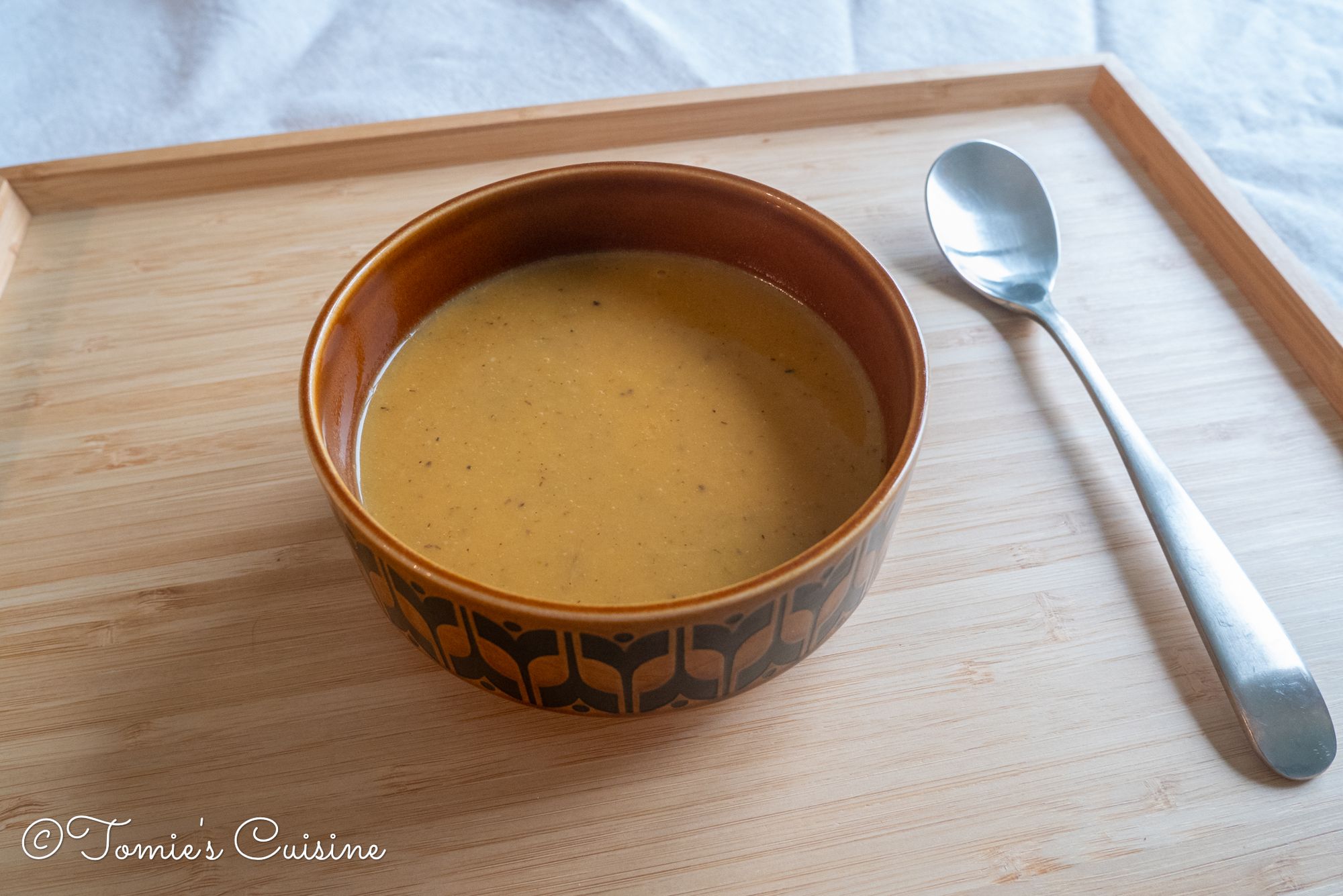
Recently I made some creamy soup with onion, carrot, and mushrooms. Usually, I put some vegetable stock and salt for seasoning, but I added dashi stock and miso instead. It went very well with an oat milk-based creamy vegetable soup.
I remember Nasu-dengaku (miso glazed aubergines) was one of the most popular dishes in the Japanese restaurant where I used to work.
Closing words
I will show you the recipe in a different article, specifically about homemade miso recipes. So keep an eye on our blog for the next update!
We are on Instagram, Pinterest, and Facebook as well. And if you're not already, subscribe to our email list so that you don’t miss our updates.

